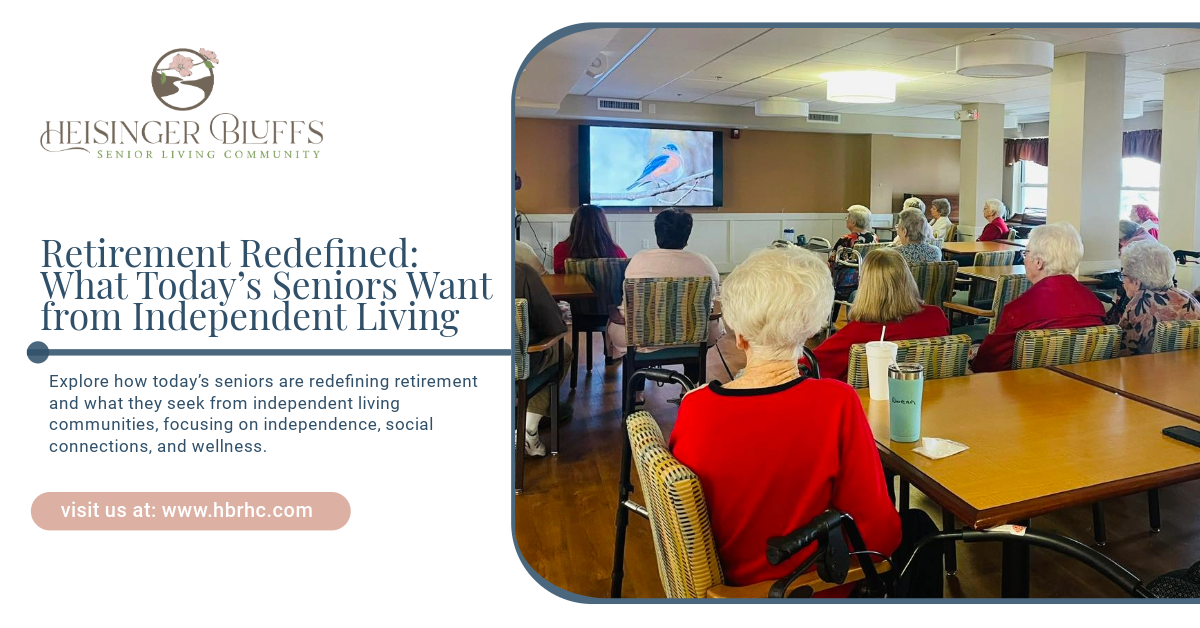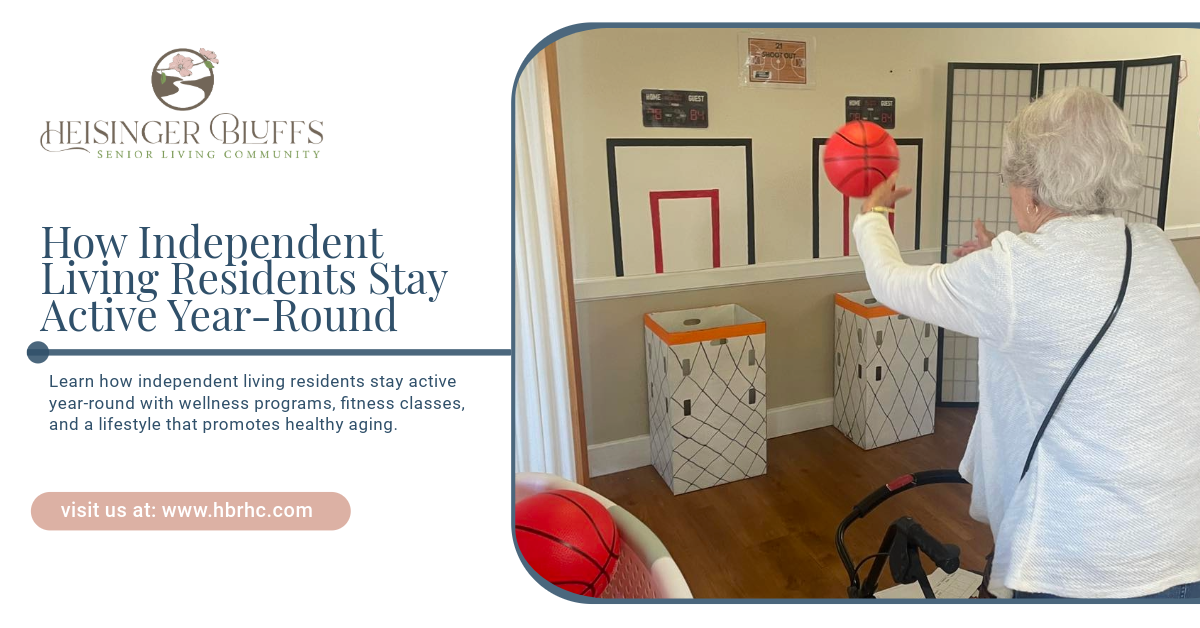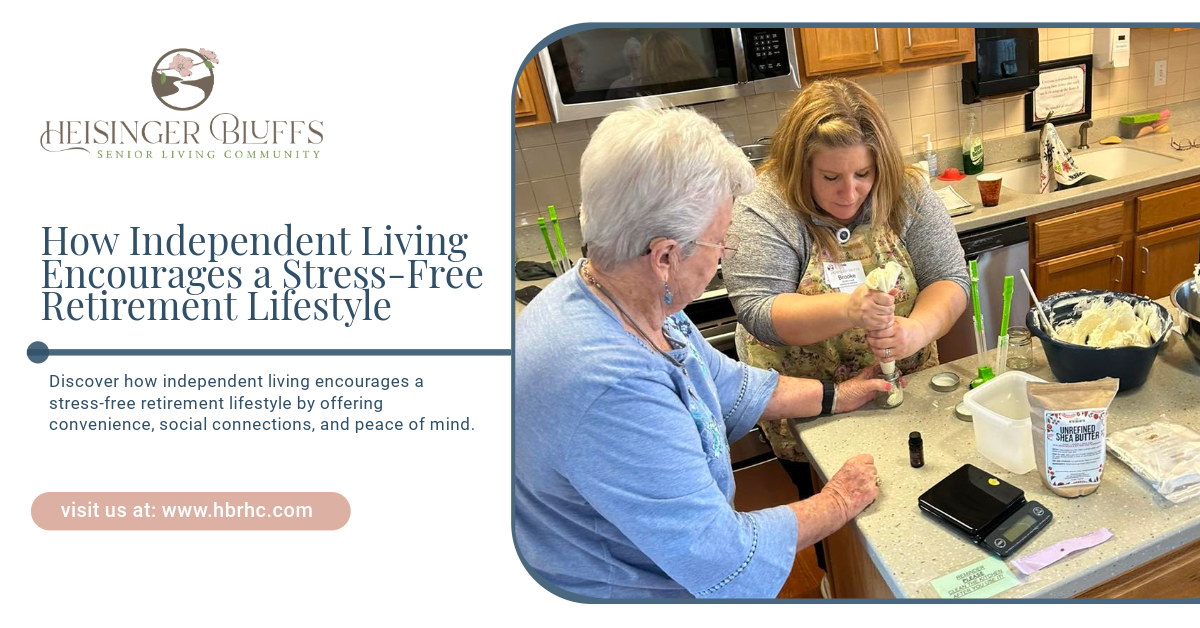Get in touch
Types of Dementia and the Role of Memory Care

Dementia is a broad term used to describe a range of cognitive impairments that interfere with daily life. While Alzheimer’s disease is the most widely recognized form, there are several other types of dementia, each with unique symptoms and progression patterns. Memory care communities are designed to support individuals with dementia, offering specialized care that adapts to each person's needs. This guide will provide an overview of the different types of dementia and explain how memory care can make a meaningful difference in managing these conditions.
What is Dementia?
Dementia encompasses a variety of cognitive impairments that affect memory, reasoning, language, and problem-solving abilities. Unlike general forgetfulness, dementia involves persistent, progressive decline that ultimately interferes with independent living. Dementia is caused by damage to brain cells, which affects how different areas of the brain communicate. The effects of dementia vary based on the type, affected brain areas, and the progression rate.
Common Types of Dementia
1. Alzheimer’s Disease
- Overview: Alzheimer’s disease is the most prevalent form of dementia, accounting for 60-80% of cases. It’s characterized by a gradual decline in memory, thinking, and reasoning skills, often beginning with mild memory loss and advancing to severe cognitive impairment.
- Symptoms: Early symptoms include difficulty remembering recent events or conversations, misplacing items, and struggling with familiar tasks. As the disease progresses, it can cause confusion, disorientation, changes in personality, and difficulty with language and mobility.
- Progression: Alzheimer’s is a progressive disease, with symptoms worsening over time. It typically develops in stages, from mild cognitive impairment to moderate and severe stages, where individuals may require 24-hour care.
2. Vascular Dementia
- Overview: Vascular dementia is the second most common type of dementia and is caused by reduced blood flow to the brain, often due to stroke, blood vessel blockage, or other cardiovascular issues.
- Symptoms: Vascular dementia symptoms vary but may include confusion, difficulty with concentration, memory loss, and trouble organizing thoughts or tasks. Physical symptoms may also be present, such as weakness on one side of the body or problems with balance.
- Progression: This type of dementia often progresses in a stepwise fashion, with symptoms worsening following a new stroke or blockage. Memory care can help manage vascular dementia by providing an environment that supports brain health through cognitive and physical therapies.
3. Lewy Body Dementia (LBD)
- Overview: Lewy body dementia occurs when abnormal protein deposits, known as Lewy bodies, build up in the brain. It’s related to Parkinson’s disease and shares many symptoms with both Alzheimer’s and Parkinson’s.
- Symptoms: Symptoms include visual hallucinations, movement difficulties, sleep disturbances, fluctuations in alertness, and memory problems. Individuals with LBD often experience rapid changes in cognitive function and physical abilities.
- Progression: LBD symptoms often vary from day to day, with a more unpredictable progression than Alzheimer’s. Memory care for those with LBD includes adapting to these fluctuations by providing a structured routine that emphasizes safety and engagement.
4. Frontotemporal Dementia (FTD)
- Overview: Frontotemporal dementia affects the front and sides of the brain, which are responsible for personality, behavior, and language. FTD usually occurs in individuals under 65 and leads to different symptoms than those seen in Alzheimer’s.
- Symptoms: Initial symptoms often include changes in personality, behavior, and language skills. People may act inappropriately in social situations, lose empathy, or have trouble with speaking and understanding language.
- Progression: FTD progresses over time and eventually impacts memory. Memory care for FTD patients focuses on managing behavioral symptoms and providing a safe, structured environment to reduce confusion and distress.
5. Mixed Dementia
- Overview: Mixed dementia occurs when an individual has more than one type of dementia, such as Alzheimer’s combined with vascular dementia. This combination can complicate diagnosis and care since symptoms may overlap.
- Symptoms: Mixed dementia symptoms may include memory loss, confusion, difficulty with problem-solving, and mood changes. Physical symptoms can also be present if vascular dementia or Parkinson’s-related dementia is involved.
- Progression: Mixed dementia often progresses more quickly than a single type of dementia. Memory care communities provide holistic care, addressing the variety of symptoms through comprehensive therapies and support.
The Role of Memory Care in Supporting Dementia Patients
Memory care is a specialized form of long-term care designed to support individuals with dementia. Unlike traditional senior care, memory care communities provide environments, activities, and staff training that cater specifically to the needs of people with dementia. Memory care can provide several key benefits to individuals and their families.
1. Structured Environment
Memory care communities create a structured environment that includes a predictable routine and familiar settings. This structure helps reduce confusion and anxiety, making residents feel safer and more secure. Memory care spaces are often designed with dementia-friendly layouts, like color-coded areas or visual cues that help residents navigate independently.
2. Specialized Activities and Therapies
Engaging activities tailored to cognitive levels can help slow cognitive decline, enhance mood, and improve the quality of life. Memory care activities might include art therapy, music therapy, pet therapy, or gardening, all of which promote mental stimulation and social interaction.
3. Trained Caregivers
Memory care staff receive specialized training in dementia care, learning how to communicate effectively with residents, manage challenging behaviors, and provide compassionate support. This training enables staff to handle unique symptoms like agitation, wandering, and confusion in ways that maintain residents’ dignity and comfort.
4. Health and Safety Measures
Individuals with dementia are at an increased risk of falls, injuries, and wandering. Memory care communities provide enhanced security measures, such as secured entrances and exits, fall prevention protocols, and regular monitoring to ensure residents are safe at all times.
5. Family Support and Education
Memory care communities often offer resources, support groups, and educational programs for families. Understanding dementia and learning strategies for interacting with a loved one who has dementia can relieve some of the emotional strain family members experience.
How to Choose the Right Memory Care Community
Selecting the right memory care community is a significant decision that involves evaluating various factors to find the best fit for your loved one. Here are some steps to help in the selection process:
- Research the Facility’s Experience with Specific Dementias: Not all memory care facilities specialize in every type of dementia. Ensure the community has experience with your loved one’s specific condition, whether it’s Alzheimer’s, vascular dementia, or LBD.
- Observe the Quality of Care: Visit the facility and observe the caregivers’ interactions with residents. Notice whether staff members engage with residents compassionately and whether they seem attentive to individual needs.
- Assess Safety and Comfort Features: Memory care facilities should have secured areas to prevent wandering, fall prevention measures, and dementia-friendly layouts. Look for features that provide comfort and reduce anxiety, such as calming spaces and personal rooms.
- Ask About Activities and Therapies: Inquire about the types of activities offered and how they’re designed to support cognitive health and social interaction. Look for programs that offer mental stimulation and physical activity, tailored to each resident’s capabilities.
- Consider Family Involvement and Support: Facilities that encourage family involvement and provide regular updates on your loved one’s care progress can ease the emotional burden on family members. Ask if there are support groups, counseling, or family days for families to participate.
Conclusion
Dementia affects millions of individuals and their families each year, and understanding the various types of dementia is essential in finding appropriate support. Memory care communities provide specialized services that not only address the unique symptoms of dementia but also enhance the quality of life for individuals facing these challenges. With structured routines, trained caregivers, engaging activities, and a focus on health and safety, memory care communities can be a valuable option for those needing comprehensive support.
At Heisinger Bluffs, we are committed to providing compassionate, specialized care tailored to the needs of individuals with dementia. Our memory care services focus on creating a safe and nurturing environment where each resident can thrive with dignity and comfort.
Frequently Asked Questions
What is the difference between Alzheimer’s and vascular dementia?
Alzheimer’s is primarily characterized by memory loss and cognitive decline due to brain cell damage, while vascular dementia results from reduced blood flow to the brain, often due to strokes or cardiovascular issues. Symptoms of vascular dementia may include confusion and impaired planning and organization skills.
How do memory care facilities help prevent wandering?
Memory care facilities use secure layouts, visual cues, and trained staff to minimize wandering risks. They may also employ alarmed doors, secured outdoor spaces, and monitoring systems to ensure residents’ safety.
Are memory care services covered by insurance?
Coverage varies depending on the type of insurance. Long-term care insurance often covers memory care, while Medicaid may also cover certain services in memory care facilities. It’s important to review your policy or consult with an insurance professional to understand coverage specifics.



Want to know more?
We will get back to you as soon as possible.
Please try again later.
You May Also Like To Read
Heisinger Bluff’s Life Plan Community is here to make your senior years safe, stimulating and enjoyable so that you can savor the present, knowing the future will be taken care of.
QUICK LINKS
CONTACT
©2024. Heisinger Bluffs. All rights reserved.








